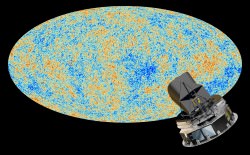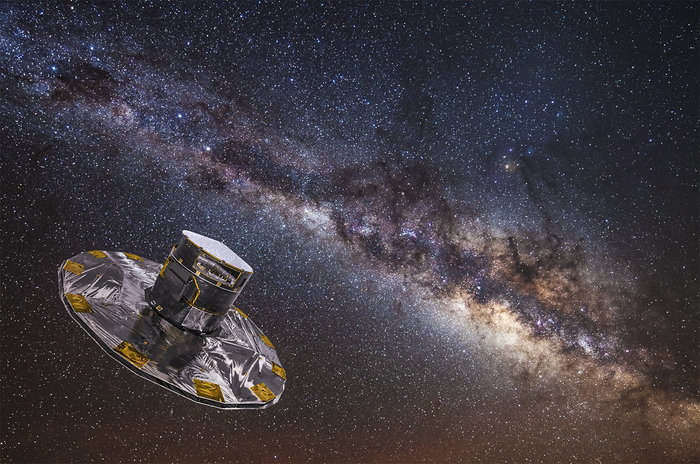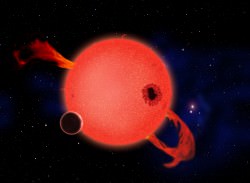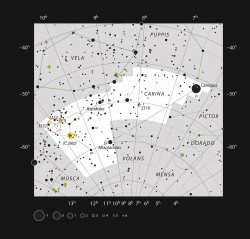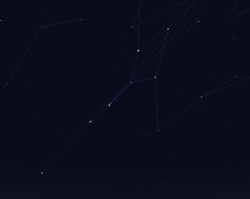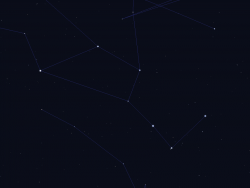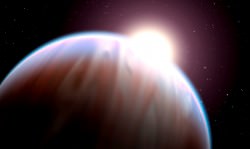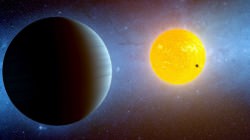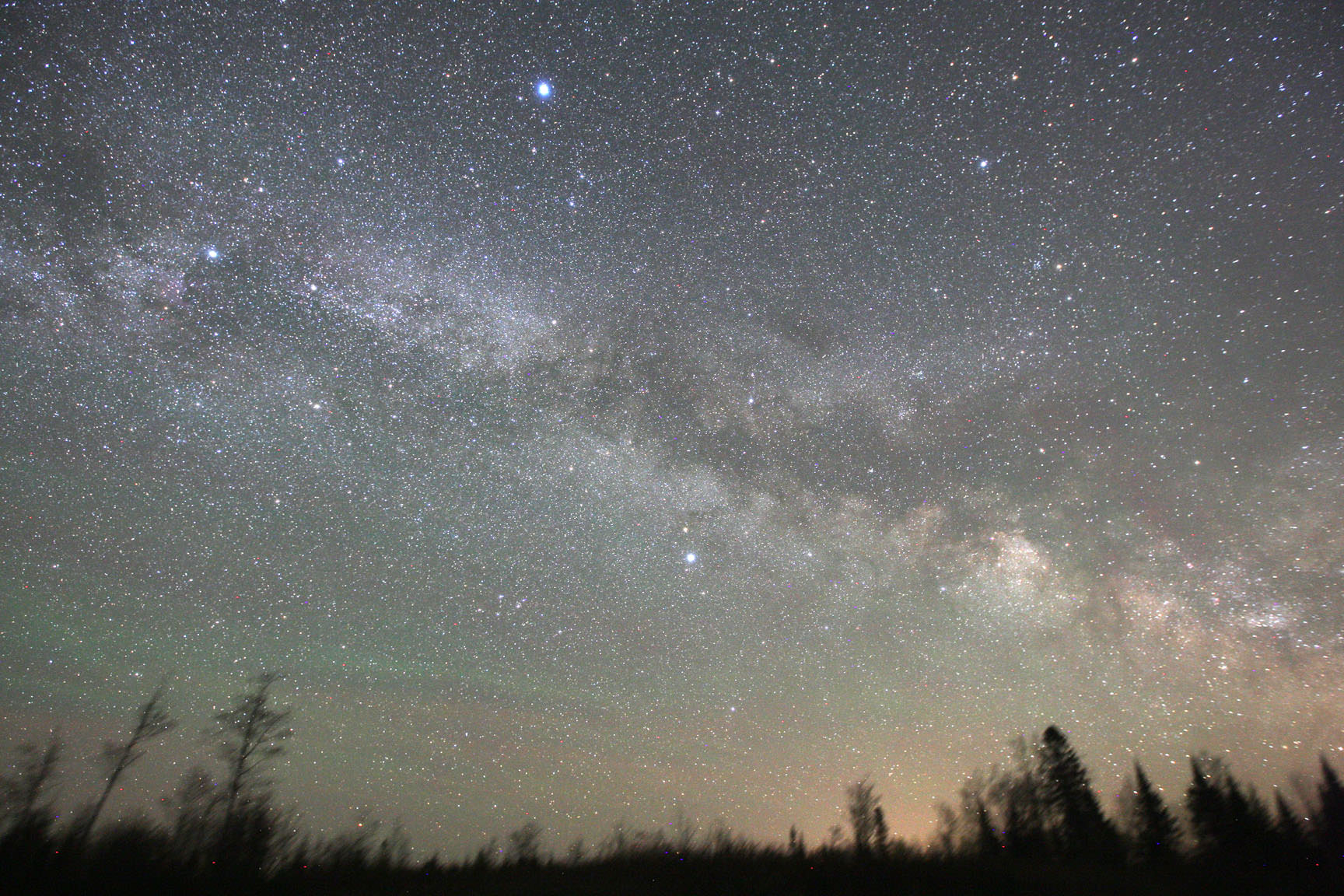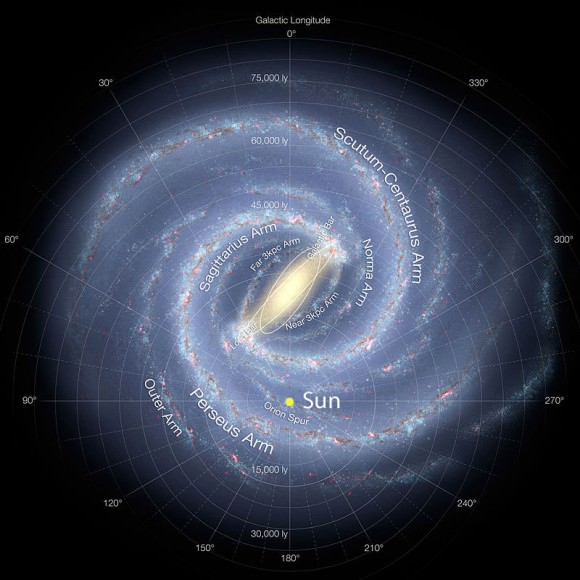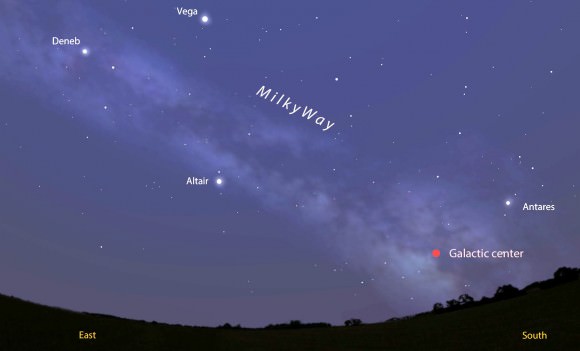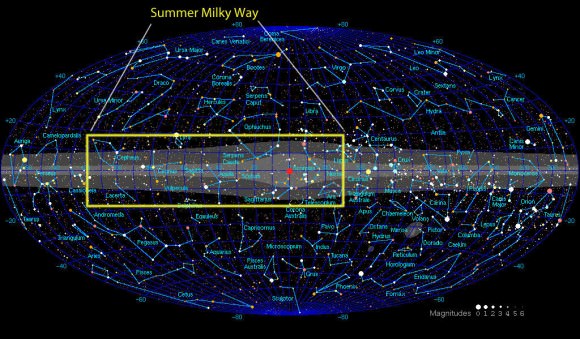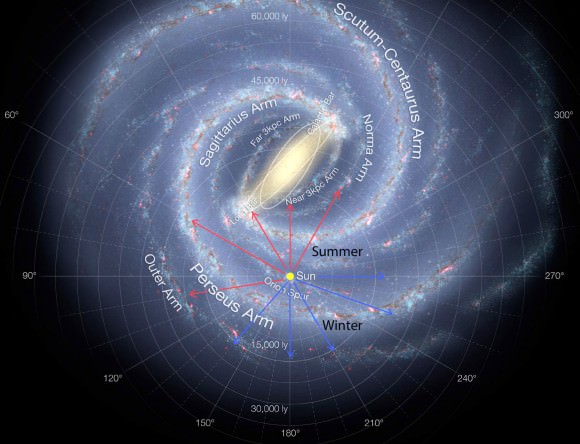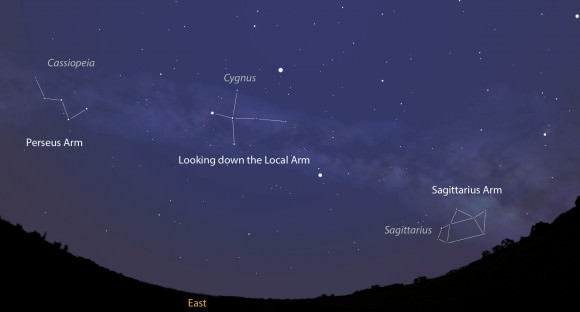You know the quote, we’re made of stardust. Generation after generation of stars created the materials that make us up. How? And how many stars did it take?
Carl Sagan once said, “The nitrogen in our DNA, the calcium in our teeth, the iron in our blood, the carbon in our apple pies were made in the interiors of collapsing stars. We are made of star stuff.” To an average person, this might sound completely bananas. I feel it could easily be adopted into the same dirty realm as “My grandpappy wasn’t no gorilla”.
After all, if my teeth are made of stars, and my toothpaste supplier can be believed, why aren’t they brighter and whiter? If my bones are made of stars, shouldn’t I have this creepy inner glow like the aliens from Cocoon? Does this mean everything I eat is made of stars? And conversely, the waste products of my body then are also made of stars? Shouldn’t all this star business include some cool interstellar powers, like Nova? Also, shouldn’t my face be burning?
When the Big Bang happened, 13.8 billion years ago, the entire Universe was briefly the temperature and pressure of a star. And in this stellar furnace, atoms of hydrogen were fused together to make helium and heavier elements like lithium and a little bit of beryllium.
This all happened between 100 and 300 seconds after the Big Bang, and then the Universe wasn’t star-like enough for fusion to happen any more. It’s like someone set a microwave timer and cooked the heck of the whole business for 5 minutes. DING! Your Universe is done! All the other elements in the Universe, including the carbon in our bodies to the gold in our jewelry were manufactured inside of stars.
But how many stars did it take to make “us”? Main sequence stars, like our own Sun, create elements slowly, but surely within their cores. As we speak, the Sun is relentlessly churning hydrogen into helium. Once when it runs out of hydrogen, it’ll switch to crushing helium into carbon and oxygen. More massive stars keep going up the periodic table, making neon and magnesium, oxygen and silicon. But those elements aren’t in you. Once a regular star gets going, it’ll hang onto its elements forever with its intense gravity. Even after it dies and becomes a white dwarf.

No, something needs to happen to get those elements out. That star needs to explode. The most massive stars, ones with dozens of times the mass of our Sun don’t know when to stop. They just keep on churning more and more massive elements, right on up the periodic table. They keep fusing and fusing until they reach iron in their cores. And as iron is the stellar equivalent of ash, fusion reactions no longer generate energy, and instead require energy. Without the fusion energy pushing against the force of gravity pulling everything inward, the massive star collapses in on itself, creating a neutron star or black hole, or detonating as a supernova.
It’s in this moment, a fraction of a second, when all the heavier elements are created. The gold, platinum, uranium and other rare elements that we find on Earth. All of them were created in supernovae in the past. The materials of everything around you was either created during the Big Bang or during a supernova detonation. Only supernovae “explode” and spread their material into the surrounding nebula. Our Solar System formed within a nebula of hydrogen that was enriched by multiple supernovae. Everything around you was pretty much made in a supernova.
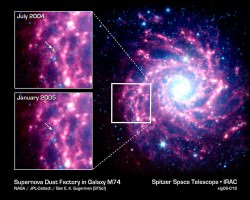
So how many? How many times has this cycle been repeated? We don’t know. Lots. There were the original stars that formed shortly after the Big Bang, and then successive generations of massive stars that formed in various nebulae. Astronomers are pretty sure it was a least 3 generations of supernovae, but there’s no way to know exactly.
Carl Sagan said you’re made of star-stuff. But actually you’re made up mostly of Big Bang stuff and generations of supernova stuff. Tasty tasty supernova stuff.
What’s your favorite supernova remnant? Tell us in the comments below.




